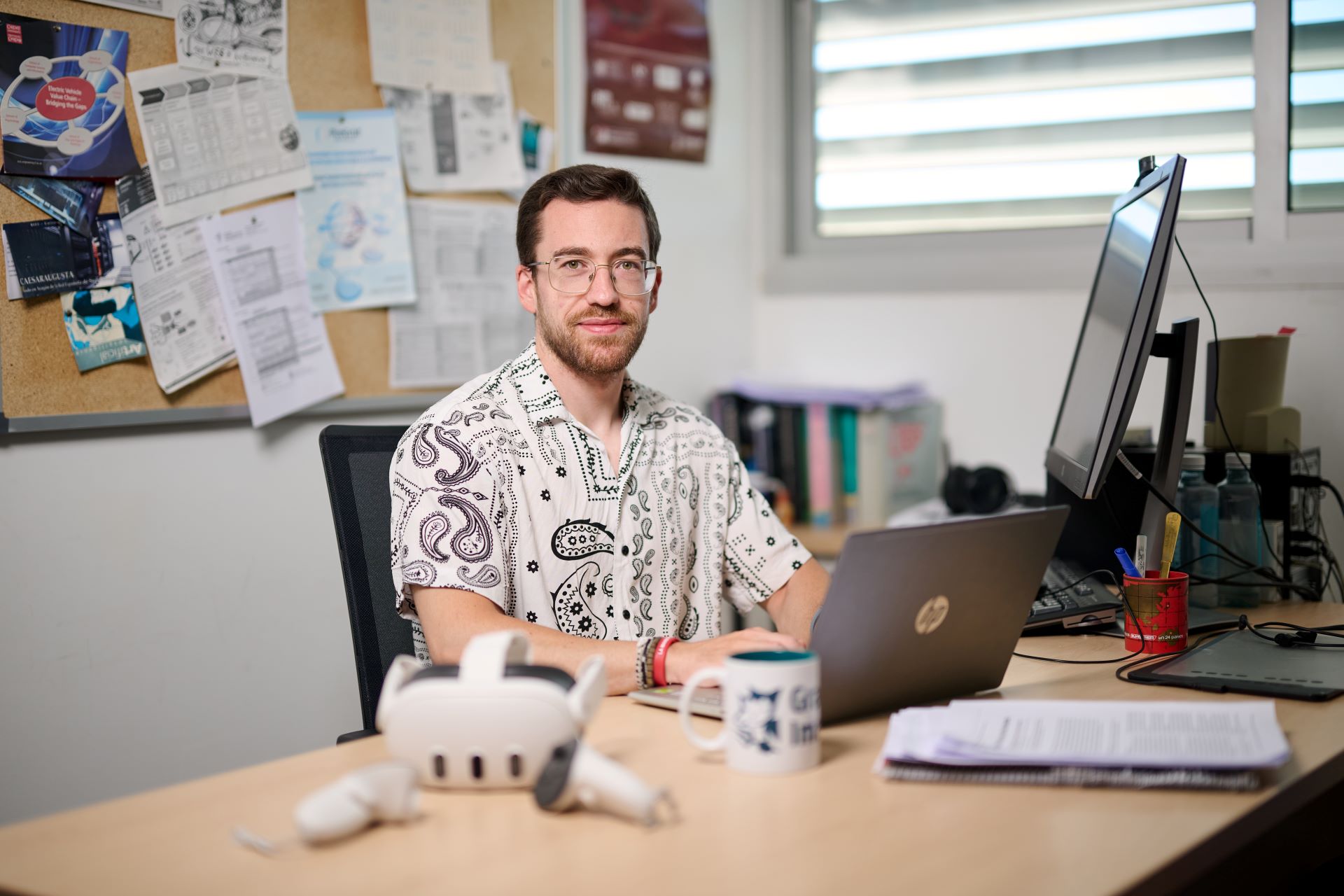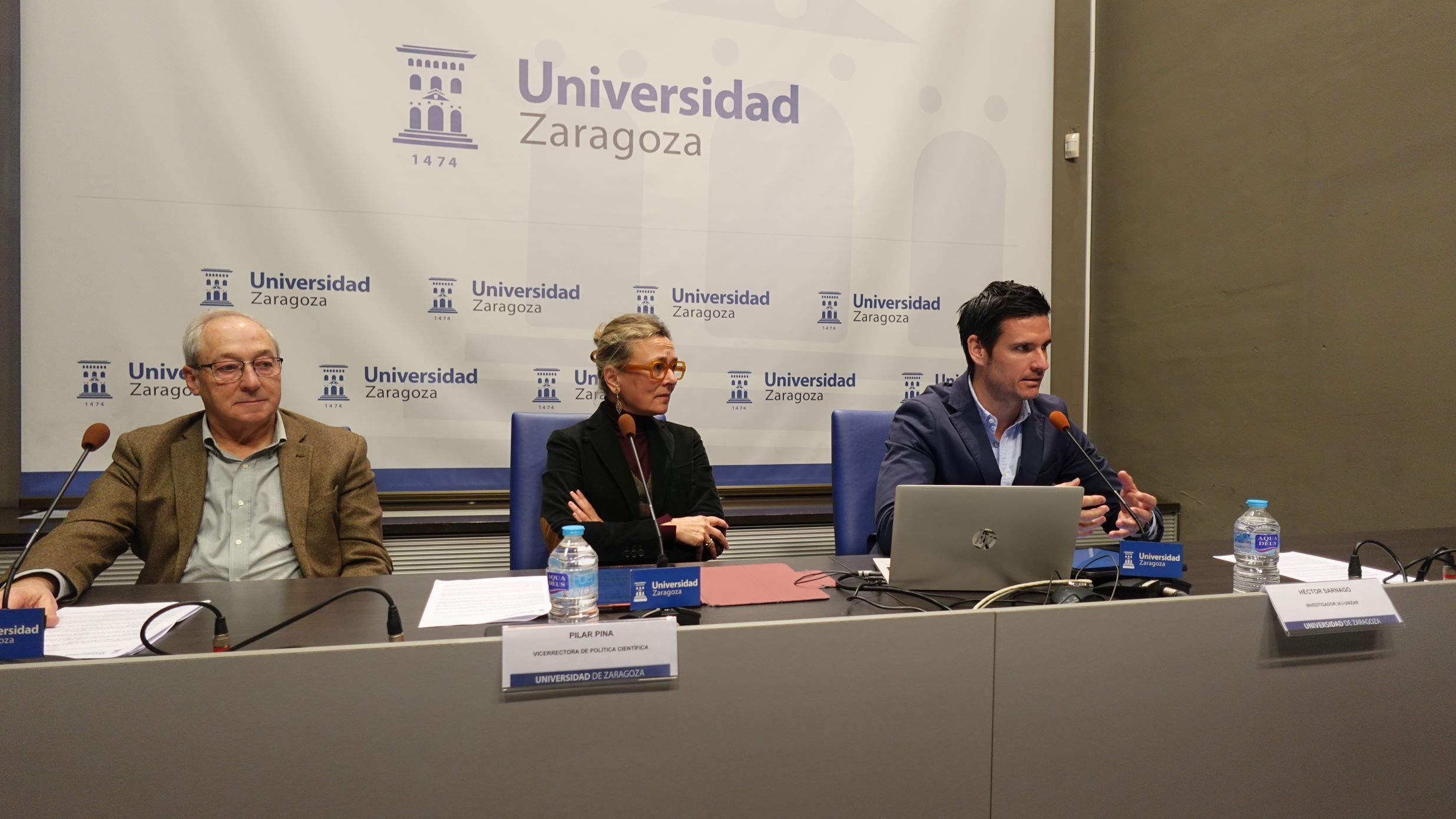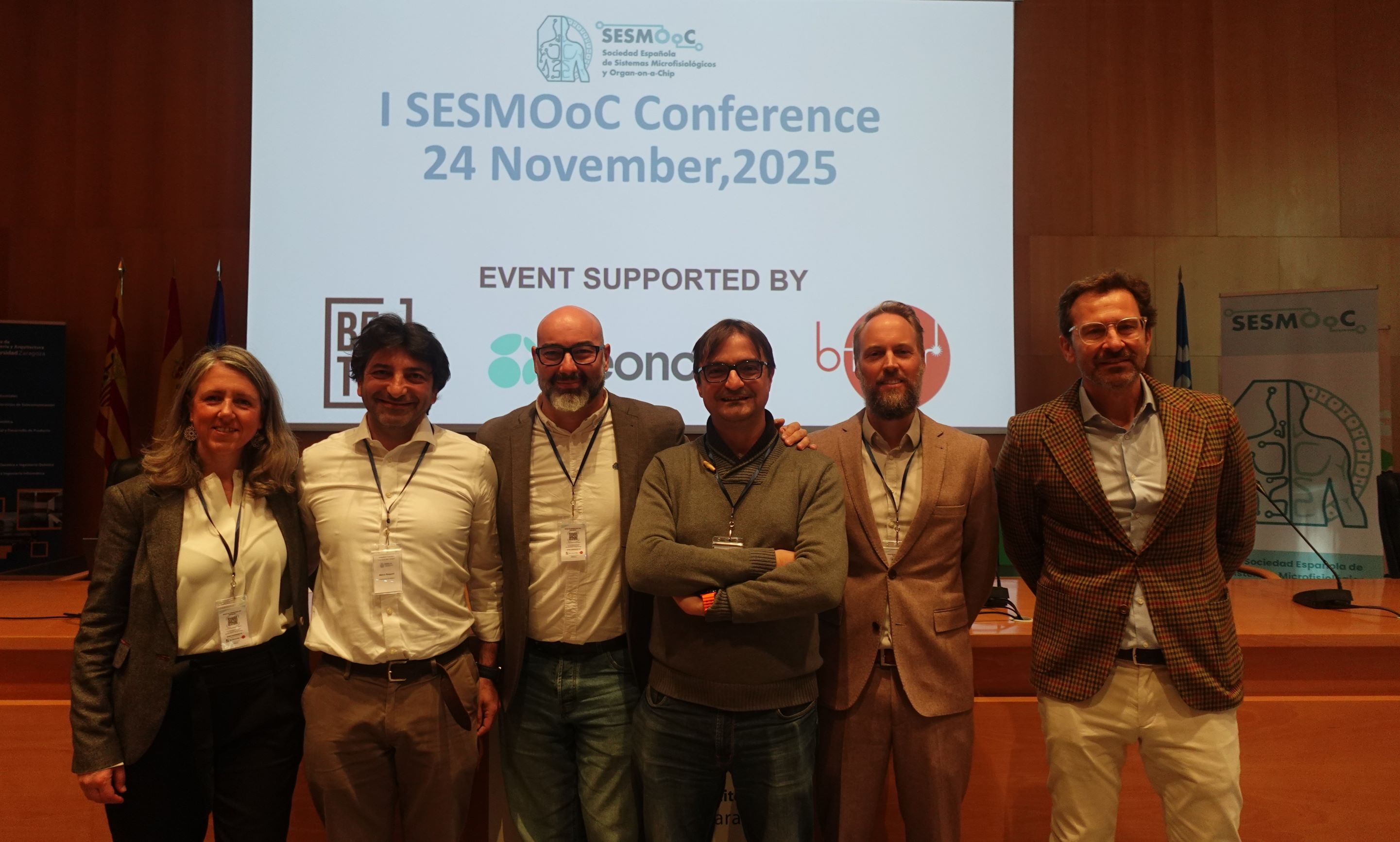
Daniel Martín Serrano has just received the Young Computer Science Researchers Award, granted by the Spanish Computer Science Society and the BBVA Foundation. His contributions in the fields of virtual reality and computer graphics, where he works on understanding and modelling visual attention and gaze behaviour, multimodality and content generation have earned him this recognition.
Daniel Martín is part of the I3A (Aragon Institute for Engineering Research) research group, Graphics and Imaging Lab. He is a temporary lecturer in the Department of Computer Science and Systems Engineering at the University of Zaragoza. He works to understand how people observe and explore virtual environments in order to create better experiences. ‘We have managed to get a computer, with the help of Artificial Intelligence, to be able to imitate us humans when we explore a virtual environment and even predict how we do it,’ he explains.
Its results could be applied to a wide variety of disciplines, given that virtual reality is already used in medicine - where surgeons use simulators to practice how to perform operations, for patient rehabilitation, for the treatment of phobias -, in schools to create new learning dynamics, or even to offer tourism experiences without leaving home.
As he said at the awards ceremony in Madrid, ‘today brings me to virtual reality. I guess there is no one today who hasn't heard of virtual reality glasses from Apple or Meta. But how do we make virtual experiences that are really engaging and that people enjoy? The short answer is: ‘let's understand people’.
His line of research tries to answer questions such as ‘What attracts our attention in virtual reality’ or "Are we really aware of everything that happens in a virtual world? Daniel Martín points out that, as in real life, ‘our mind cannot manage all the stimuli presented to it in the virtual world, and must direct its attention to what is most relevant’. For this reason, the Graphics & Imaging Lab research group has been investigating how our attention works in virtual reality, especially with regard to vision. ‘We hope to be able to help those who create immersive content to create better experiences. And this can spill over into disciplines such as medicine, simulation, training, or tourism. The potential of virtual reality is enormous,’ says the young I3A researcher.
The awards, given by the Sociedad Científica Informática de España (SCIE) and the BBVA Foundation, recognised the excellence of six young scientists, the careers of three senior researchers and the work of a company that has developed applications based on natural language processing in multiple fields.
The Sociedad Científica Informática de España (SCIE)-Fundación BBVA Research Awards were created in 2017 with the aim of recognising the creativity, originality and excellence of scientists who are driving cutting-edge research in this fundamental field of our time. They comprise two modalities: the Young Researchers in Computer Science Awards annually recognise six scientists under the age of 30 working in Spain, authors of the best doctoral theses in the area; and the National Computer Science Awards, granted by the SCIE since 2005 and delivered jointly with the BBVA Foundation since 2018, which are awarded to researchers, public and private entities that have dedicated their work to the study, strengthening and dissemination of Computer Science.
Information on the contribution of Daniel Martín Serrano: https://www.fbbva.es/galardonados/daniel-martin-serrano/
Award information: https://www.fbbva.es/premios/premios-investigacion-sociedad-cientifica-informatica-espana-fundacion-bbva-2024/

Photos: Fundación BBVA




